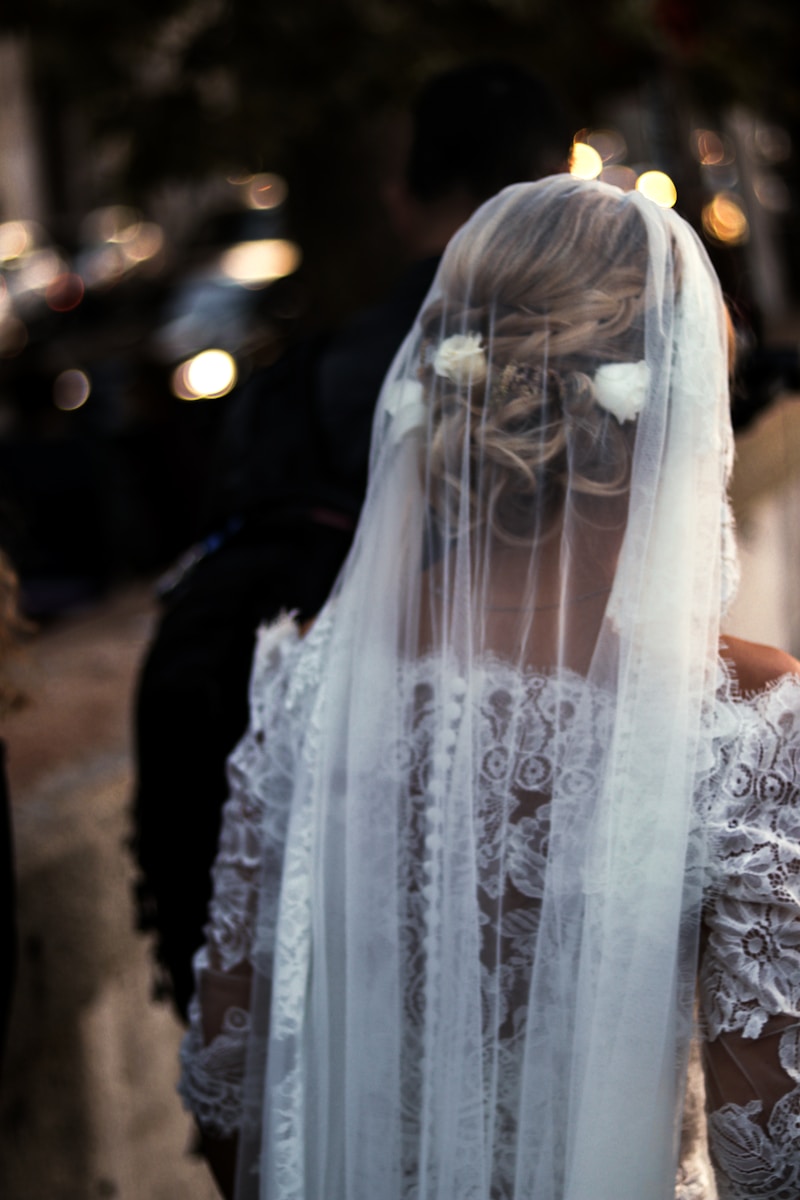The Cultural Significance of Wedding Veils: A Comprehensive Exploration
Wedding ceremonies have long been steeped in tradition, with various elements holding distinct cultural meanings across different societies. Among these elements, the wedding veil stands out as a symbol rich in history and significance. This article explores the cultural importance of wedding veils, including their origins, meanings in various cultures, and how they have evolved over time, while also addressing frequently asked questions about this beautiful bridal accessory.
Historical Origins of Wedding Veils
The history of wedding veils can be traced back thousands of years. In ancient Rome, brides wore veils as a symbol of modesty and to ward off evil spirits. The tradition of wearing a veil continued through the Middle Ages, where it became a symbol of purity. As time progressed, cultures worldwide adopted this custom, each adding its layers of meaning.
Symbolism in Different Cultures
Wedding veils carry various cultural significances, and their interpretation can differ significantly from one region to another. Here’s an overview of some of the most notable cultural adaptations:
| Culture | Significance of the Veil |
| Western Cultures | In many Western cultures, the veil is often associated with purity and chastity. It symbolizes the bride’s transition from a single woman to a married woman. |
| Indian Culture | In traditional Indian weddings, the dupatta or ghunghat serves a similar purpose to a veil, symbolizing modesty and respect. It is used to cover the bride's face during the ceremony. |
| Middle Eastern Cultures | The hijab or niqab in Middle Eastern cultures embodies similar values of modesty and can be seen as a religious obligation for some brides. |
| Chinese Culture | In Chinese weddings, the bride may wear a red veil, signifying happiness and good fortune, as red is a color of celebration in Chinese culture. |
The Evolution of Wedding Veils
As societies evolved, so did the meanings attached to wedding veils. In the past, veils were predominantly associated with religious significance and purity. However, in Modern weddings, veils also reflect personal style and fashion statements.
Many contemporary brides choose veils not just for their traditional significance but also to enhance their overall bridal look, often opting for veils embellished with lace, crystals, or floral appliqués. This trend has paved the way for innovative designs, making the veil a fashion-forward accessory rather than just a traditional one.
Frequently Asked Questions About Wedding Veils
As the curiosity surrounding wedding veils continues, here are some related questions that many brides ask:
1. Do all brides wear veils?
No, not all brides choose to wear veils. Some may opt for alternative headpieces like tiaras, flower crowns, or simply go without any headwear, depending on their personal style and comfort.
2. What are the different types of wedding veils?
Wedding veils come in various styles, lengths, and fabrics. Common types include:
- Birdcage Veil: A short and stylish veil that covers the face.
- Fingertip Veil: A veil that falls to the fingertips, offering elegance without being overwhelming.
- Cathedral Veil: A long veil that extends several feet behind the bride, making a dramatic statement.
- Blusher Veil: A short veil that covers the bride's face until the groom lifts it in the ceremony.
3. How do I choose the right veil for my wedding dress?
When selecting a veil, consider the style, length, and fabric that complements your wedding dress. For instance, if your dress is heavily embellished, a simpler veil might work best to avoid clashing. Conversely, if your dress is simple, a more elaborate veil can serve as a focal point.

The Modern Bride’s Approach to Wedding Veils
In contemporary weddings, brides are increasingly viewing veils as part of their overall aesthetic rather than a traditional requirement. This shift has led to more experimentation with styles, colors, and lengths, allowing for more personal expression.
For instance, some brides choose colored veils or unique fabrics like lace or tulle to match their wedding theme. Others incorporate personal elements, such as family heirlooms or bespoke designs that reflect their individuality and story.
Conclusion
The cultural significance of wedding veils stretches far and wide, from ancient traditions symbolizing purity and modesty to a modern focus on personal expression and style. Understanding the origins and meanings behind wedding veils can add depth to this cherished bridal accessory, allowing brides to make informed choices on their special day.
When considering your own wedding veil, reflect on your cultural background, personal style, and how you wish to incorporate this time-honored element into your ceremony. Remember, the veil can be a modern symbol of love, dedication, and the beautiful journey that lies ahead.
In summary, the choice of whether or not to wear a veil and the style you select should resonate with your personal beliefs and aesthetic preferences. Whether you choose a traditional white veil or a vibrant colored one, what's most important is that it represents your unique journey and love story.